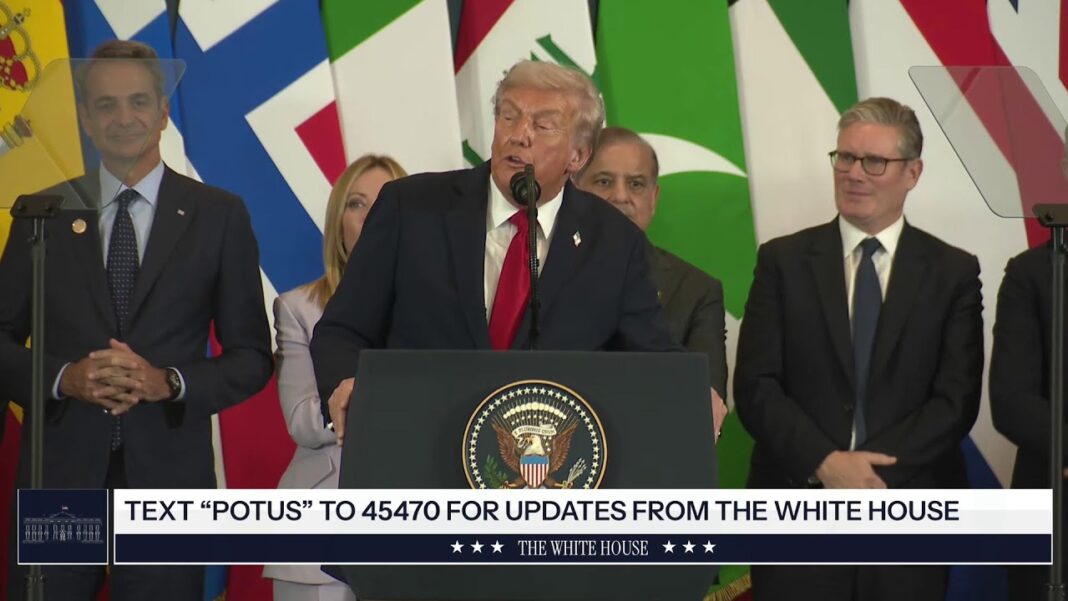Nothing says stability like a moving target
In its ongoing quest to make college football feel less like a game of musical chairs and more like a tightly choreographed bureaucratic ballet, the NCAA lords of the Division I Administrative Committee have unveiled a fresh batch of transfer portal reforms.
Last week, the committee officially voted to eliminate the spring transfer window for football, effective immediately. Gone are the old transfer portal rubrics where there were two windows: Winter (December 9 – 28) and Spring (April 16 – 25) except for a 30-day free-for-all after any head coaching change.
In a move that channels the spirit of Byzantine reform and Cold War scheduling, the Spring portal is now ancient history, while the winter portal remains and the chaos it brings has been seasonally adjusted. The new portal rules playing throughout our fruited plain include: One window from Jan. 2 – 11 that makes Penn State’s former coach James Franklin’s top 10 win record look charitable.
The change ushers in a new era of portal management, one that feels less like a free market and more like the college playoff committee deciding the national rankings with a dartboard.
There is, however, one glaring exception: a 15-day window starting five days after a new head coach is hired or announced. In addition, there will be a special clause: Players on any college football playoff teams will receive a five-day grace period after their final postseason game because nothing says “team chemistry” like a post-bowl transfer portal sprint for the exits.
It is the NCAA’s latest attempt to impose order on a system that has evolved faster than a five-star recruit’s first team commitment.
Coaches across the country are reportedly happy with this latest development. The shorter window means fewer December distractions, fewer bowl-week ghostings by players in the midst of bowl game preparations, and a slightly less frantic postseason, overall.
It is the NCAA’s version of Beat the Clock.
However, don’t uncork the electrolyte champagne just yet. The new coaching change exception adds a twist worthy of a soap opera subplot.
Under the revised policy, players whose head coach is fired in midseason must now wait until the school hires a replacement. They must then wait five days before they can enter the portal. In other words, if your coach gets the axe in October, you might be stuck in gridiron purgatory until the university finishes its national search, background checks, and ceremonial press conference.
Meanwhile, players from programs like Penn State, UCLA, Virginia Tech, Oklahoma State, and Arkansas who have already fired their coaches this season will be grandfathered into the old system.
They get the full 30-day window, like the good old days of 2022, when the portal was still a Wild West saloon and not a TSA checkpoint with a broken metal detector.
The NCAA has trimmed the fat, tightened the screws, and added just enough bureaucratic red tape to keep everyone guessing. Portal season is now a sprint, not a marathon.
If your college coach like Penn State’s James Franklin gets the ax in midseason, you might want to swap your current playbook for a day planner and perhaps switch majors preferably to supply chain logistics.
Surviving and attempting to navigate the NCAA transfer portal now takes more strategy than your favorite team’s last two-minute drill, a GPS, and for those who remain steadfastly old-school, a compass and a paper map.
In today’s college football, transferring is not just a move, it is a multi-platform scavenger hunt where you need a LinkedIn profile and legal counsel.
As far as the registrar’s office, SAT scores and grades, does it really matter anymore?








